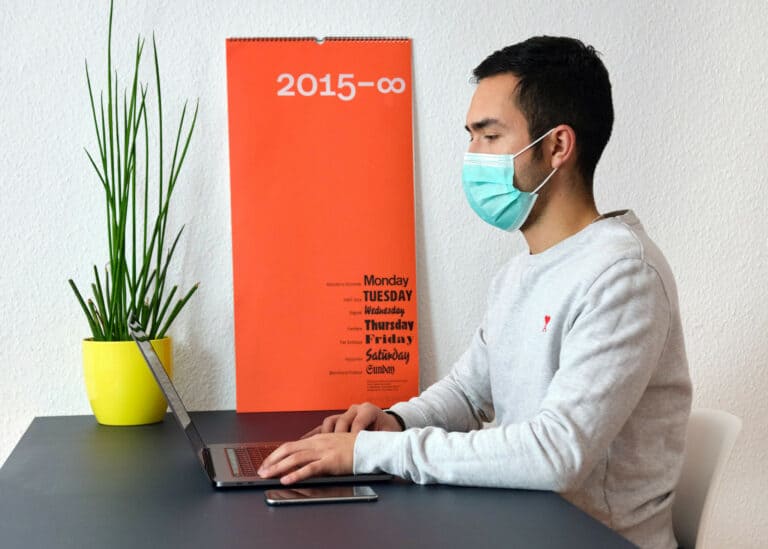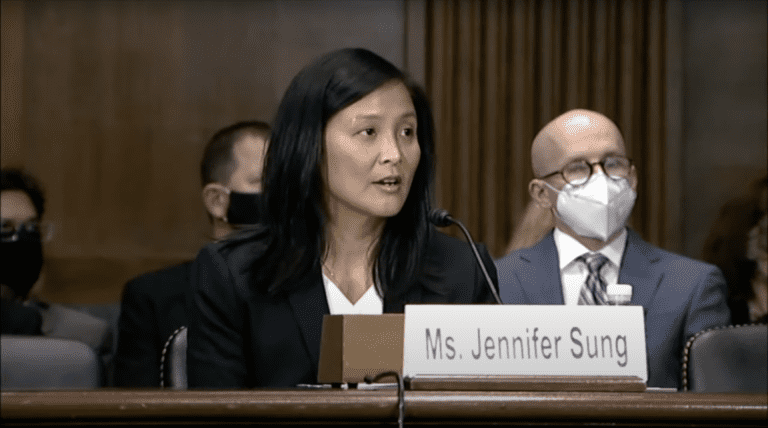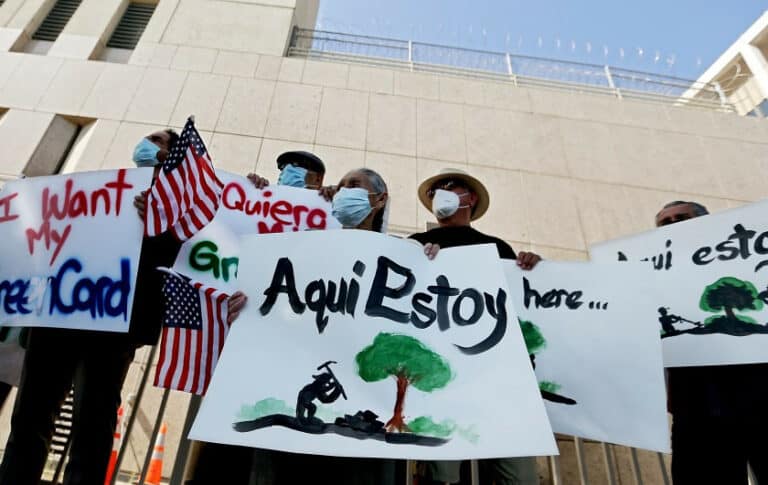César Rosado-Marzán is an Associate Professor of Law and Co-Director of the Institute for Law and the Workplace at the Chicago-Kent College of Law.
The U.S. meatpacking industry is providing some unfortunate lessons in how not to deal with a pandemic. For example, to address the emerging crisis in the industry, the White House and the state of Iowa ignored the voices of workers and instead consulted only with industry chiefs. The result was unsurprising, if tragic: policies compelling the slaughterhouses to remain open despite any guarantees of safety protocols put health and life at risk. Johns Hopkins recently released a study showing that, nationally, counties with meatpacking have twice the incidence of Covid-19 than the rest of the country.
Many times, American policymakers look across the Atlantic to see if the U.S. can learn something from the way Europeans handle their problems. Denmark has become the new darling. But we can also learn from those in our own hemisphere. Contrast the U.S. experience with Uruguay. With a population of about 3.8 million, Uruguay is slightly bigger than Iowa. And, like Iowa, it is dependent on agribusiness. Thirteen percent of its workforce labors in agriculture. Beef is the country’s most important export. With $17,300 of GDP per capita, it is significantly poorer than Iowa, where the mean resident makes over $50,000. And yet, despite its smaller size and larger wealth, Iowa has seen a much higher incidence of Covid-19, with over 17,000 total cases reported as of May 26, of which almost 9,200 recovered, and 449 died. Uruguay had 789 confirmed cases, 629 recovered cases, and 22 deaths on the same date. The numbers could be much larger. Neighboring Brazil has over 376,000 confirmed cases. Their numbers continue to sharply climb. And while Uruguay has a large beef industry, almost no cases have been reported in that sector. Compare that to the petri dish of coronavirus cases that U.S. meatpacking has become.
The Uruguayan fate was in important ways influenced by its workers. In early April, when it appeared that meatpackers were not taking Covid-19 seriously, meatpacking workers went on strike for better health and safety standards. They closed almost down half of all Uruguayan slaughterhouses for about a week, reducing production by about 66%. While the strike did not lead to a tangible agreement between the parties, the employers’ association remains committed to undertake special measures.
Moreover, the government – a conservative one, to be clear– in consultation with employer and union representatives, developed policy solutions to deal with the pandemic. For example, the government is now offering pro-rated unemployment insurance benefits to all workers in all sectors. The goal is to promote cuts in hours rather than layoffs or furloughs of workers and to preserve overall employment. The country likely does not want to experience the depression-era rates of job dismissal that we have seen in less coordinated regimes, such as in the United States.
In some industries, there have been tangible and specific emergency plans agreed to by employers and unions. For example, Subgroup 6 (Blueberries and Citrus) of Group 23 (Vineyards and others), of the Uruguayan Wage Councils – the pillars of Uruguay’s more than 75-year old system of sector-wide collective bargaining system, agreed to an emergency plan for Covid-19. It includes enacting social distancing guidelines, giving workers facilities to wash their hands (a challenge, given that workers labor in rural agricultural fields), isolating workers with any symptoms and their asymptomatic team members, giving notice of the infections to the relevant government authorities, among other precautionary, public health practices.
With these types of institutions and practices, Uruguay showcases the benefits of coordination over the market.
We need to learn from Uruguay and other coordinated regimes. We had a version of such coordination during the world wars and the New Deal, and we will need to bring it back to meet the challenges of the time. For example, and as similarly recommended in prior postings in this blog, federal law could mandate the creation of health and safety regulatory bodies specific for certain industries where representatives of firms and workers would meet with government representatives, such as OSHA, CDC, FDA, and USDA to develop policies and action plans for health and safety. These committees could resolve problems faced by agencies that police employers, such as OSHA, that lack a sufficient number of inspectors to examine every workplace for health and safety violations. Under a new coordinated system, industrial health and safety would be co-regulated by stakeholders – including unions – in collaboration with the state. This would be a scaled up, nationalized version of what have been called “co-regulation” projects that already exist piecemeal, and which have been described by other scholars such as Janice Fine and her collaborators.
We can shape a different future. We do not need the wealth of a Denmark, or even of the state of Iowa. Bringing more stakeholders, including workers, to the table can facilitate information, ideas, and methods to make things work. We have done it before. We can do it again.










Daily News & Commentary
Start your day with our roundup of the latest labor developments. See all
August 5
In today’s news and commentary, a pension fund wins at the Eleventh Circuit, casino unionization in Las Vegas, and DOL’s work-from-home policy changes. A pension fund for unionized retail and grocery workers won an Eleventh Circuit appeal against Perfection Bakeries, which claimed it was overcharged nearly $2 million in federal withdrawal liability. The bakery argued the […]
August 4
Trump fires head of BLS; Boeing workers authorize strike.
August 3
In today’s news and commentary, a federal court lifts an injunction on the Trump Administration’s plan to eliminate bargaining rights for federal workers, and trash collectors strike against Republic Services in Massachusetts.
August 1
The Michigan Supreme Court grants heightened judicial scrutiny over employment contracts that shorten the limitations period for filing civil rights claims; the California Labor Commission gains new enforcement power over tip theft; and a new Florida law further empowers employers issuing noncompete agreements.
July 31
EEOC sued over trans rights enforcement; railroad union opposes railroad merger; suits against NLRB slow down.
July 30
In today’s news and commentary, the First Circuit will hear oral arguments on the Department of Homeland Security’s (DHS) revocation of parole grants for thousands of migrants; United Airlines’ flight attendants vote against a new labor contract; and the AFL-CIO files a complaint against a Trump Administrative Executive Order that strips the collective bargaining rights of the vast majority of federal workers.